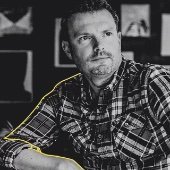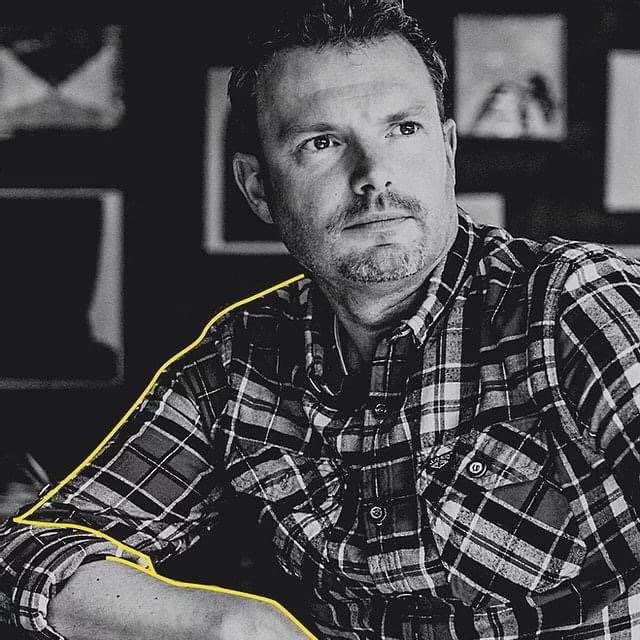-
Posts
4,779 -
Joined
-
Last visited
Content Type
Profiles
Forums
Events
Gallery
Everything posted by JeroenPeters
-

1:32 Tamiya F4u-1 "White 126 Tojo Eats Sh$%"
JeroenPeters replied to polsen's topic in LSM 1/35 and Larger Work In Progress
Truly amazing work.... The weathering is just to real Love it -

HK Models 1/32 HK Models Mosquito B Mk.IV
JeroenPeters replied to JeroenPeters's topic in LSM 1/35 and Larger Work In Progress
Well, the material is flexible and rubbery so i could rub it in there. Still a little bit of under spray, which i will address tomorrow... -

Ju-88C-2 "4D+FH" in pieces
JeroenPeters replied to JeroenPeters's topic in LSM 1/35 and Larger Work In Progress
Haven't really started this yet as i want to finish the mossie first. Met with Cees at the Aviation Megastore today and he very kindly treated me to these: I think this will be all the AM I'll use. The MG15's won't be installed as i think they would be removed during transport. -

WnW Roland C.II Walfisch
JeroenPeters replied to whitey's topic in WNW and WW1 Ready for Inspection'
Lovely! Especially nice work on the LMG's.. -

HK Models 1/32 HK Models Mosquito B Mk.IV
JeroenPeters replied to JeroenPeters's topic in LSM 1/35 and Larger Work In Progress
Masked the roundels with Mal's Miracle Masks. Great stuff! -
Looks cool... nice stowage too...
-

HK Models 1/32 HK Models Mosquito B Mk.IV
JeroenPeters replied to JeroenPeters's topic in LSM 1/35 and Larger Work In Progress
Cheers guys! -

1:24 Grumman F7F Tigercat N7654C
JeroenPeters replied to airscale's topic in LSM 1/35 and Larger Work In Progress
AAaaahhhhhhh!!! Too cool... Great nose-wheel-job! -

HK Models 1/32 HK Models Mosquito B Mk.IV
JeroenPeters replied to JeroenPeters's topic in LSM 1/35 and Larger Work In Progress
Finally found a good alternative for Blue Tack that is available in dutch stores. Bison Patafix. Perfect. -

HK Models 1/32 HK Models Mosquito B Mk.IV
JeroenPeters replied to JeroenPeters's topic in LSM 1/35 and Larger Work In Progress
I can't wait to Haggo the hell out of it! -

HK Models 1/32 HK Models Mosquito B Mk.IV
JeroenPeters replied to JeroenPeters's topic in LSM 1/35 and Larger Work In Progress
Pfffff Shooting some more grey: -

**FINISHED** The creation of a man cave
JeroenPeters replied to James H's topic in Modelling Discussion
I love your man gay-ve! -

HK Models 1/32 HK Models Mosquito B Mk.IV
JeroenPeters replied to JeroenPeters's topic in LSM 1/35 and Larger Work In Progress
Underside sprayed: -

HK Models 1/32 HK Models Mosquito B Mk.IV
JeroenPeters replied to JeroenPeters's topic in LSM 1/35 and Larger Work In Progress
A 'Well done' -

HK Models 1/32 HK Models Mosquito B Mk.IV
JeroenPeters replied to JeroenPeters's topic in LSM 1/35 and Larger Work In Progress
I will Haggo it to hell and back! -

HK Models 1/32 HK Models Mosquito B Mk.IV
JeroenPeters replied to JeroenPeters's topic in LSM 1/35 and Larger Work In Progress
Sorry sorry! Got a little distracted... Today sprayed the pre shade and first of the medium idea gray for the underside: -

1:16 Sopwith Camel
JeroenPeters replied to Rizzo's topic in LSM 1/32 and Larger Aircraft Ready for Inspection
Wow... Beautiful... -

Ju-88C-2 "4D+FH" in pieces
JeroenPeters replied to JeroenPeters's topic in LSM 1/35 and Larger Work In Progress
Hi guys, The first jig arrived from Shapeways. This one i printed in the cheapest material available to check the quality. Really small details like the nails are lost here and there and you can see the printed structure. I would recommend this plain white plastic for printing wood (since it has the coarse surface structure), but not metal. I'll print the next jig in Detail Acrylic to check the difference... -

Reno first of firsts...
JeroenPeters replied to MikeMaben's topic in LSM 1/32 and Larger Aircraft Ready for Inspection
Really really cool! -

Gloster Meteor Gloster Meteor Walk-Around; Aviodrome, Lelystad.
JeroenPeters replied to One-Oh-Four's topic in Walkarounds
Thnx Erik! It looks like they spent some time and effort on this plane in the last year or so. The nacelles look repaired and are closed off. Thnx for sharing! -
Damn. too late. already received mine
-
Supercool!! Thnx for sharing! Looks like u had a blast..
- 1 reply
-
- 1
-

-
- 500LB bomb
- 250LB bomb
-
(and 2 more)
Tagged with:
-

Ju-88C-2 "4D+FH" in pieces
JeroenPeters replied to JeroenPeters's topic in LSM 1/35 and Larger Work In Progress
Ok! The kit arrived and research has started! What's missing in the CMK conversion is the interior installation of the MG17 (3x) and MG151 canon... And ammo boxes. Time to draw this up in 3D and print the sucker! Here's a pic from the Aero Detail book (guns missing): And here's a side view of the installation: In the meanwhile Jim is searching for more info, but feel free to jump in and help out! Here's the missing part, but made by AIMS: So it should look something like that.

